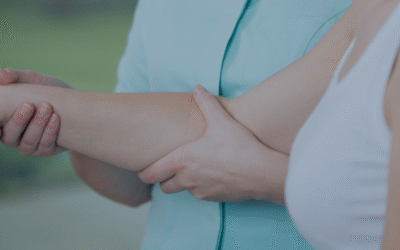
As we age, maintaining independence becomes increasingly vital for a high quality of life. However, everyday tasks that were once simple can become challenging due to age-related issues or illness. From dressing and washing to walking and eating, the independence we cherish can be compromised. But there’s hope. Regular physical exercise has emerged as a cornerstone for preserving independence among the elderly.
One accessible and effective solution is the integration of movement exercisers into daily routines. These exercises are designed to be joint-friendly, catering specifically to the needs of the elderly. Even those with physical impairments or compromised balance can engage in these exercises independently, fostering a sense of autonomy.
Scientific research has underscored the multifaceted benefits of movement exercisers such as the Tigo 558. Firstly, they contribute to improvements in cardiovascular health, with studies showing reductions in blood pressure and increases in endurance. Additionally, regular use of these devices can positively influence metabolic functions, potentially mitigating conditions like diabetes mellitus.
Moreover, focusing on physical conditioning, movement exercisers help strengthen lower limb muscles, thereby enhancing mobility and reducing the risk of falls. This dual impact on cardiovascular health and physical strength underscores the holistic benefits of incorporating movement exercisers into elderly care regimens.
In essence, the utilisation of movement exercisers offers a practical and efficient supplementary approach to elderly care. By empowering individuals to maintain independence in their daily lives, these exercises not only enhance quality of life for the elderly but also alleviate burdens on caregivers and support networks.
Prioritising regular exercise through movement exercisers can be transformative for elderly individuals and their communities alike. By fostering independence and mitigating health risks, these exercises represent a proactive step towards enhancing overall well-being in later life stages. The importance of activity in geriatrics can’t be underestimated.
Recent Blog Posts
Bridging the Gap: How to Continue Intensive Stroke Rehab After Hospital Discharge
Leaving the hospital after a stroke is a critical time. Irish researchers have identified a “discharge gap,” where many patients feel their care is “fragmented” and they lose access to therapy.
The HSE’s National Stroke Strategy is tackling this by discharging patients earlier with “Early Supported Discharge” (ESD) teams who visit you at home. The Tigo 558 is the perfect partner for this new model. It’s designed to be in your home, ready for you on day one, so there is no interruption to your recovery. It bridges the gap between hospital and home, allowing you to continue the intensive rehab prescribed by your ESD team.
The 2023 Irish Stroke Guideline Sets a New Standard for Recovery. Are You Equipped to Meet It?
This year, stroke recovery in Ireland has a new "gold standard." The new National Clinical Guideline for Stroke - adopted across Ireland and the UK - has officially raised the bar for what your recovery should look like. It's not just a document for hospitals. It has...
Exercise Therapy for Dementia: A Path to Empowerment and Independence
At Beechfield Rehab, we provide innovative solutions to support individuals with dementia. The THERA-Trainer Tigo 558 is a versatile, motor-assisted therapy device designed to improve mobility, strength, and independence.



